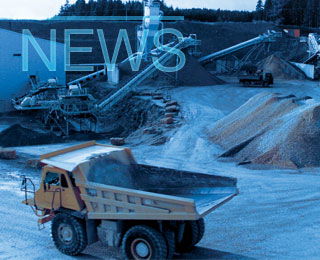An explosion at the Mount Purae cement plant in South Hamgyong province, North Korea, has temporarily halted operations, and raised concerns over safety and production practices. The incident occurred in the early hours of 14 November as workers reportedly exceeded kiln capacity in an effort to meet elevated production targets.
A provincial source, quoted by the Daily NK, attributed the accident to pressure from the provincial party committee to align with central government directives for increased productivity as part of a self-sufficiency campaign.
The blast caused no reported casualties, but the facility has paused operations to assess the damage, repair the kiln and address safety concerns. Analysts at the plant indicated that insufficient maintenance, coupled with an aggressive push to offset regional cement shortages, played a central role in the incident. Management admitted that adherence to design capacity could have prevented the accident.
In the aftermath, the plant announced plans to resume operations once repairs are complete, along with an adjusted production schedule. Factory management has pledged to bolster safety protocols, including commissioning external safety reviews and increasing worker training to prevent similar occurrences.
“We recognise the need to balance production goals with safety and sustainability,” a factory official reportedly stated. Measures to improve internal processes and address worker safety have been framed as part of the plant’s broader commitment to the principles of self-reliance.
The explosion has drawn criticism from local residents, who voiced concerns about the factory’s prioritisation of production at the expense of safety and environmental impact. In response, the plant has pledged to restore trust by improving communication with the local community and ensuring stricter adherence to safety standards.
While production remains halted, the Mount Purae cement plant’s response reflects ongoing efforts in North Korea to align aggressive industrial targets with the realities of operational and environmental risks.
